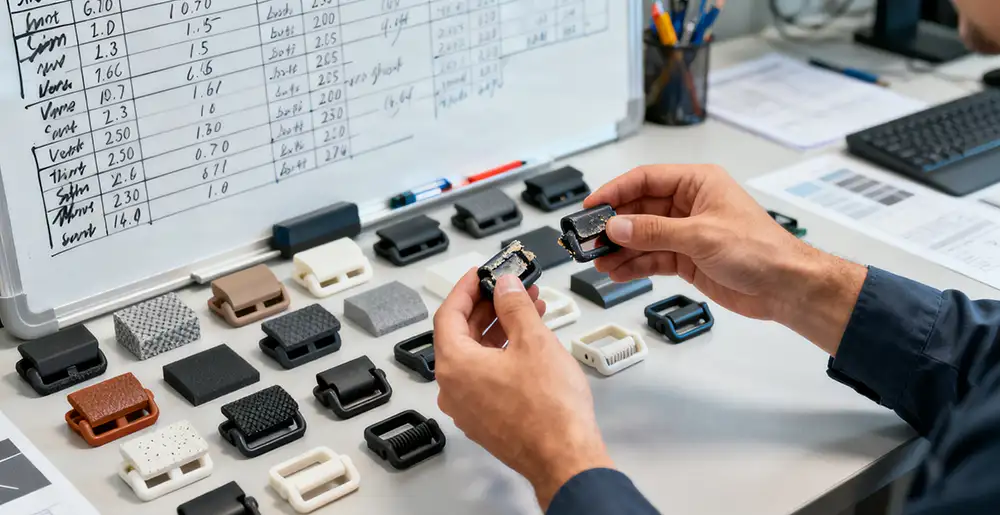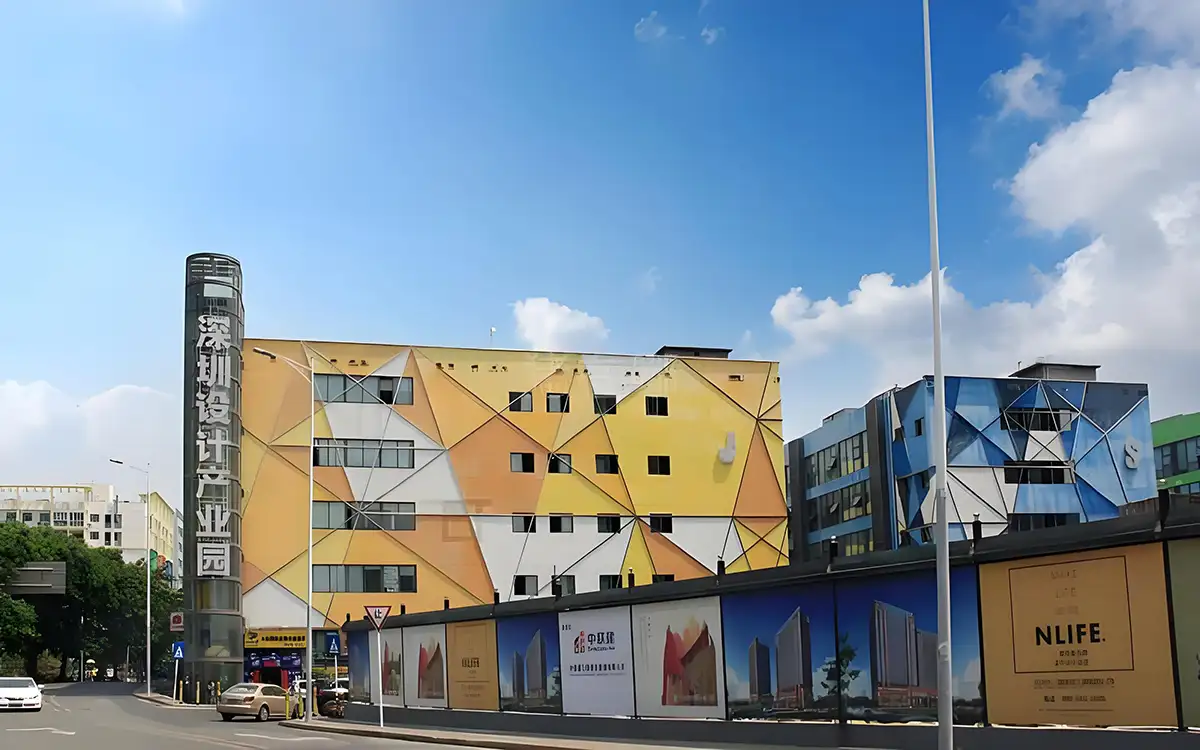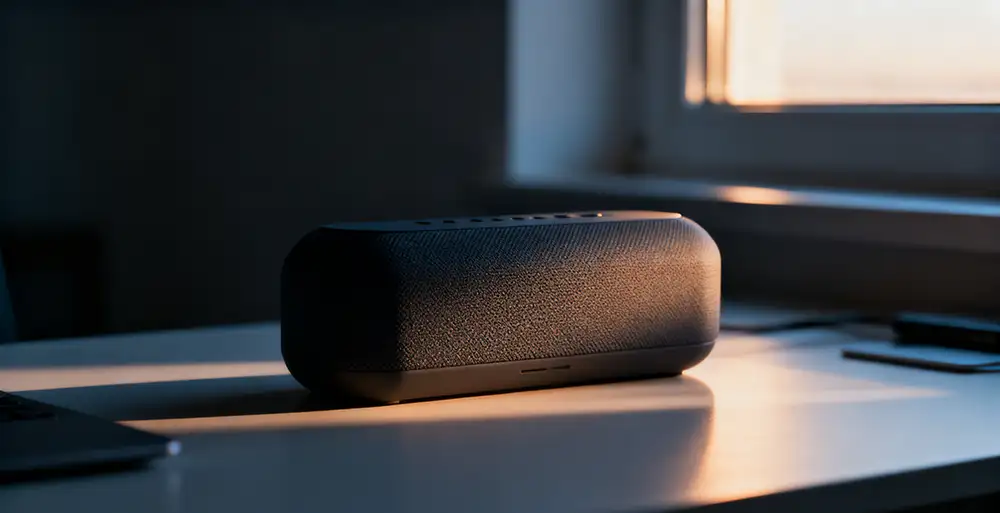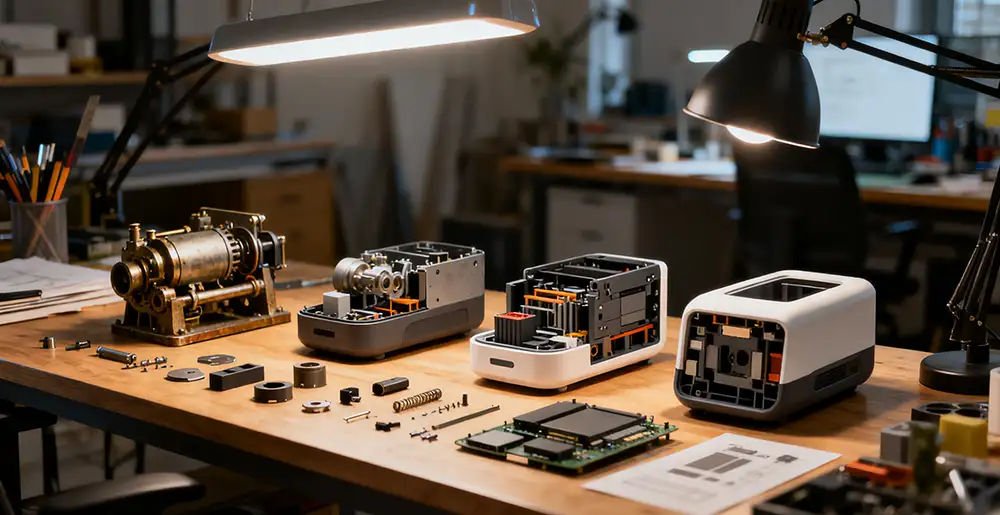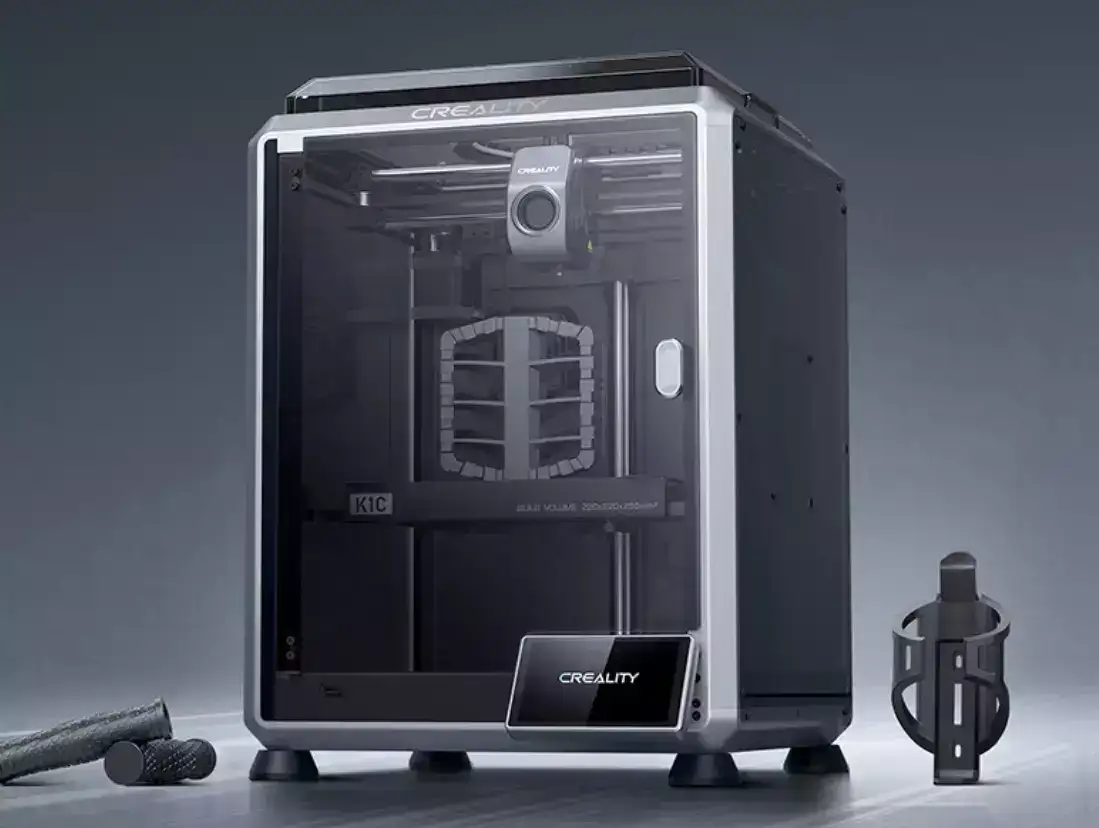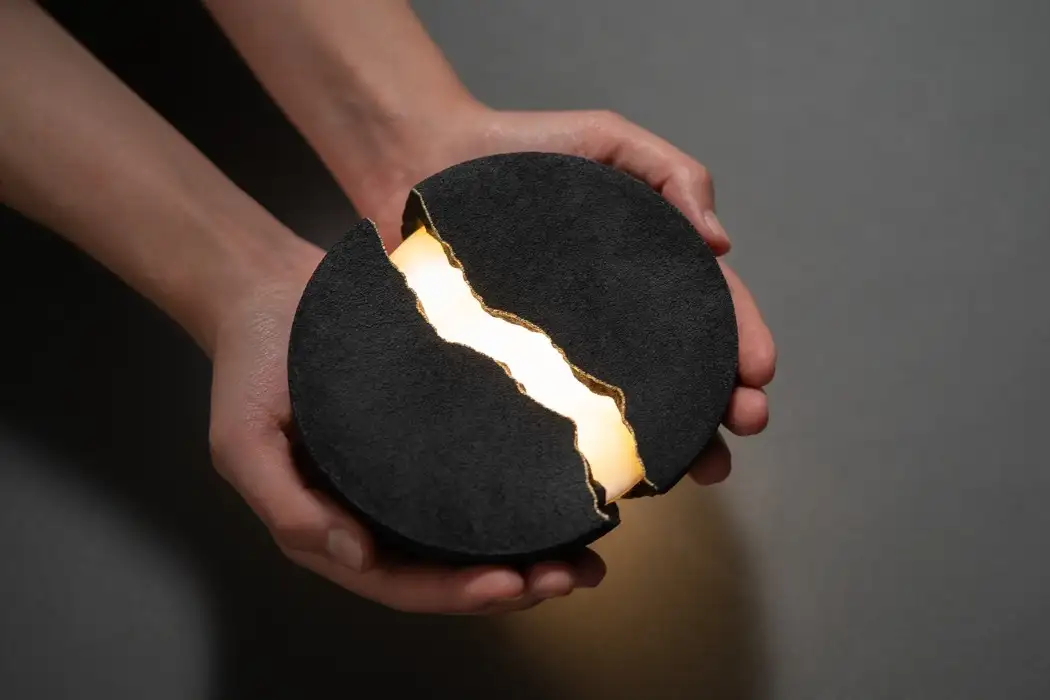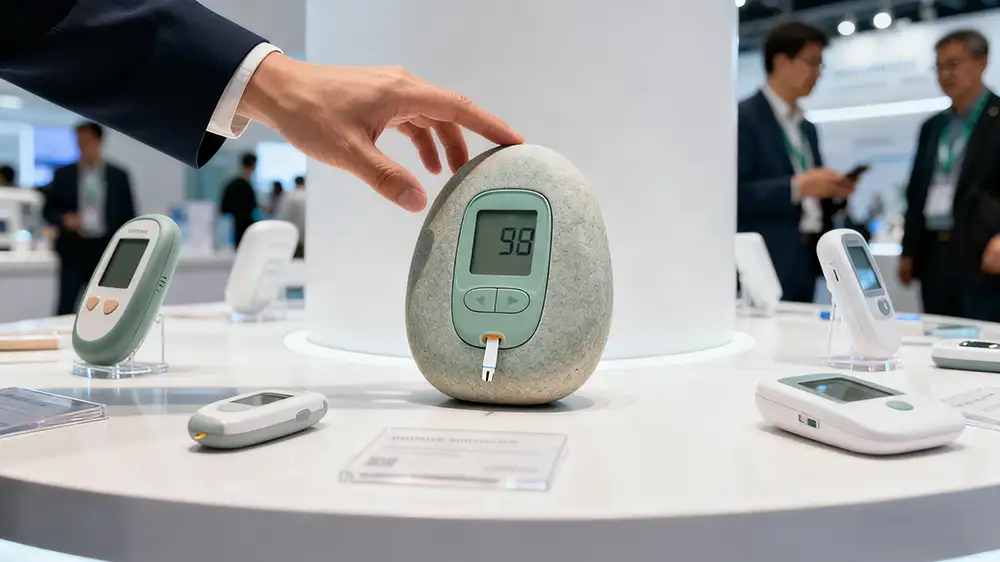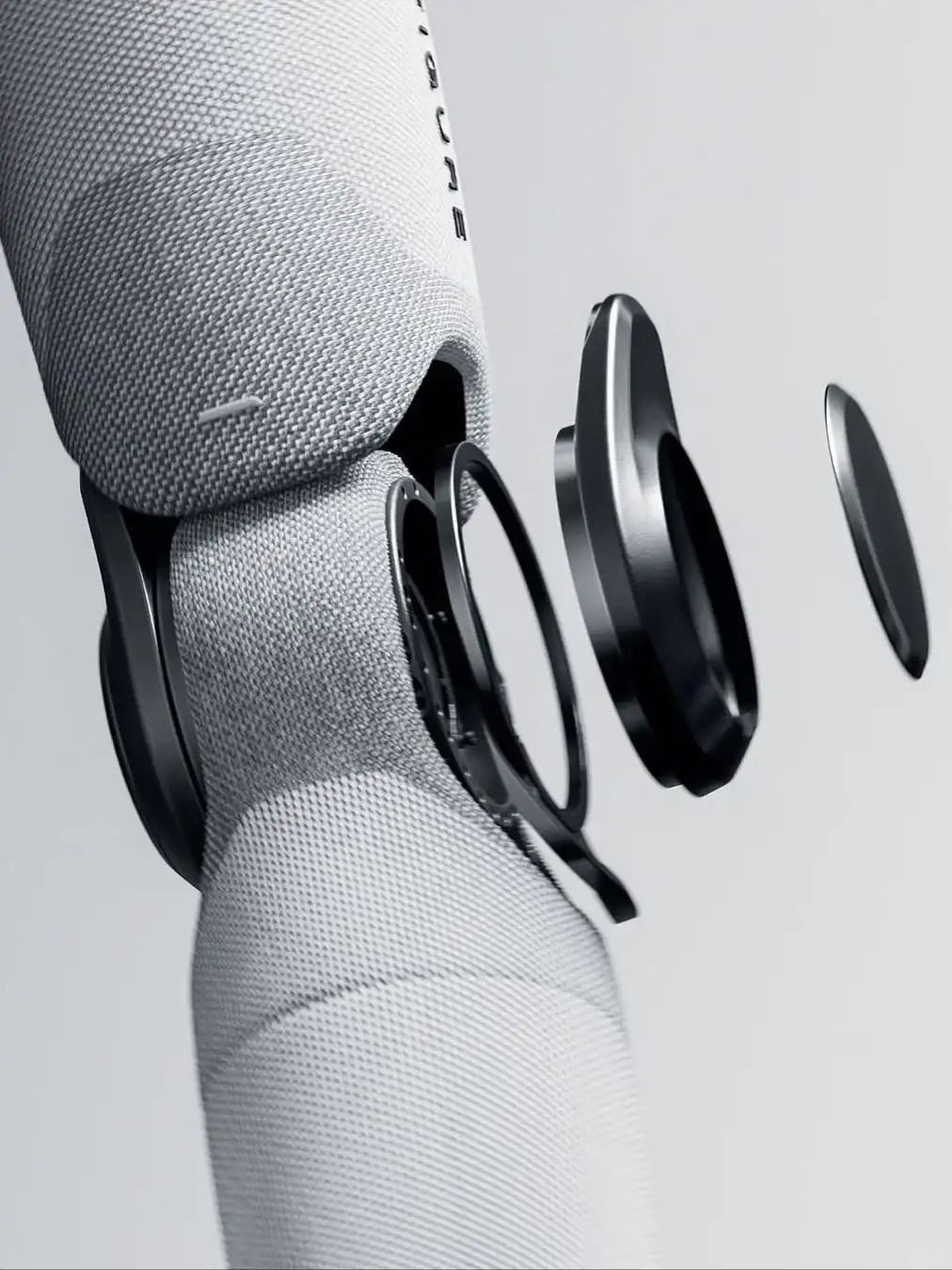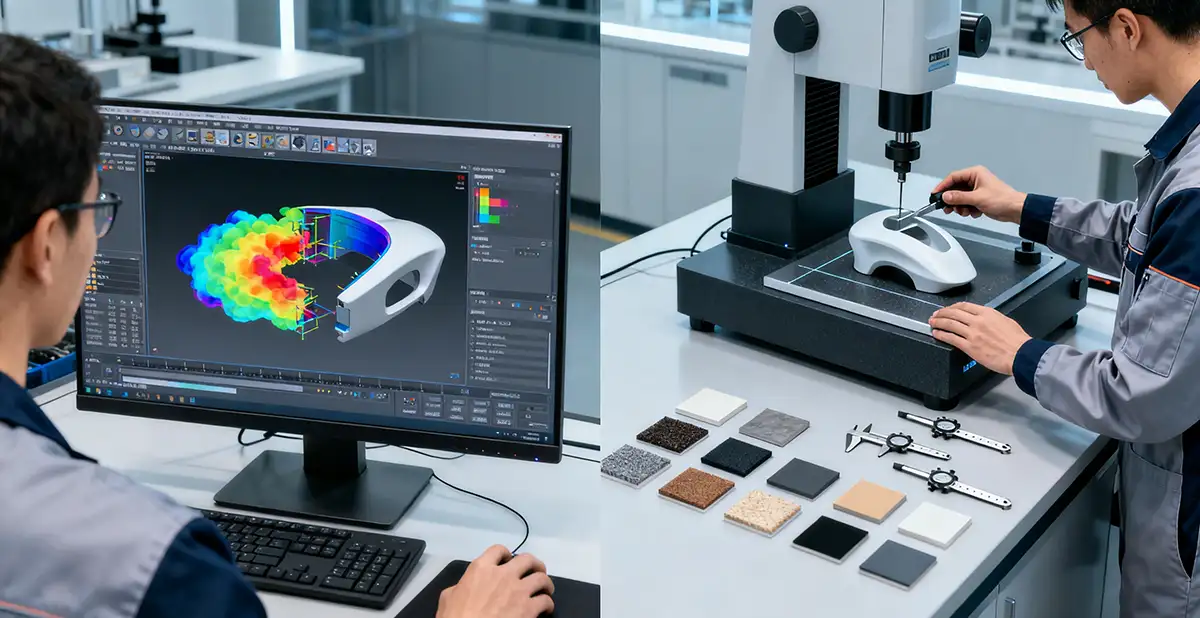九号创新:十年前,我在华强北的某个柜台前,摆弄着一只仿iPhone造型的山寨机。店主热情地介绍:“高仿,最新款,什么功能都有。”金属边框割手,按键松动,但那时的市场,这样的产品已经足够好卖。今天,同样在华强北,我看到年轻的创业者拿着3D打印的模型,反复调整一个耳机收纳盒的倒角弧度。“这里要再圆润0.5毫米,”他对设计师说,“手感完全不同。”这种细微处的执着,就是深圳工业设计的蜕变正在悄然发生。
@NINEIDEA九号创新 www.nineidea.com
从“像什么”到“是什么”
深圳工业设计的第一个拐点,发生在对“设计”本身的认知上。
早年的产品设计,核心词汇是“像”——像国际大牌,像畅销产品。设计师的工作往往是修修改改,把别人的东西“本土化”。走进任何一家设计公司,讨论最多的是“这款像谁”“那个元素能不能借用”。
转折大约始于2015年前后。一批从海外回来的设计师开始在深圳扎根,他们带回了不同的理念。我记得一位在德国学习工作八年的设计师对我说:“在慕尼黑,我们讨论的是‘这个设计解决了什么问题’;回到深圳,大家还在讨论‘这个设计像什么牌子’。”
这种观念碰撞逐渐发酵。华为、中兴等大厂率先建立了完整的设计哲学体系。华为的Design Thinking工作坊里,设计师开始追问“我们为谁设计”“要解决什么痛点”。设计不再只是外观美化,而是产品定义的一部分。

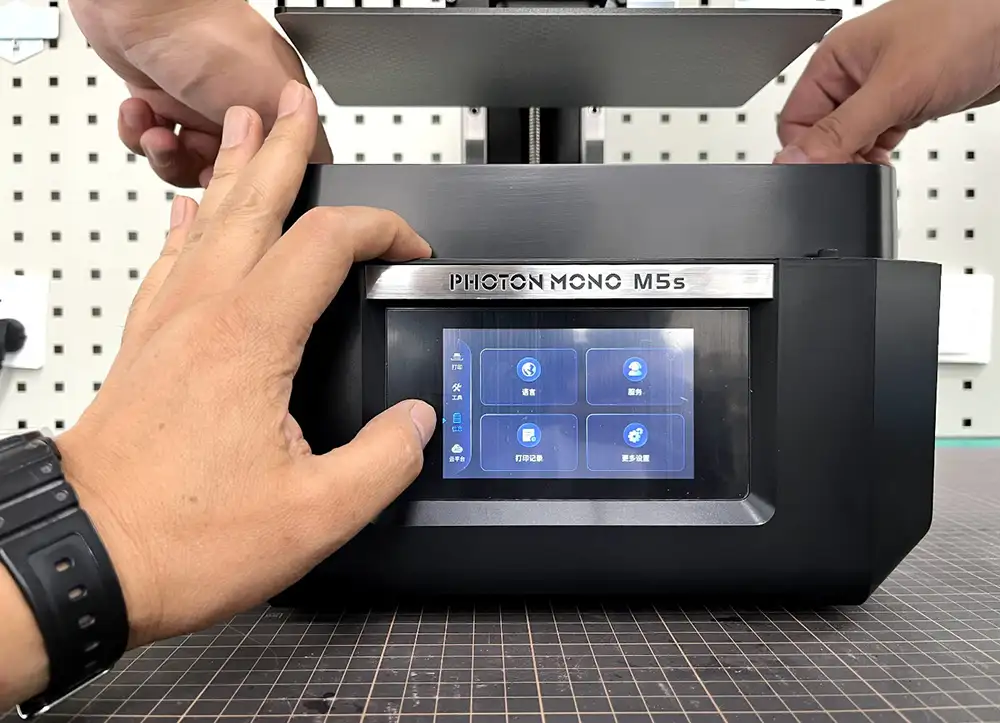
华强北的自我革命
最能体现这种转变的,还是华强北。
曾经的华强北是山寨代名词,如今行走其间,你会发现原创品牌专卖店越来越多。一位做了十几年手机配件的老板告诉我他的转变:
“以前是看市场上什么火就抄什么,大家拼价格,利润越做越薄。现在我们都养自己的设计团队,哪怕做一个手机支架,都要做出差异化。”
他拿起两款支架对比:“你看,这款可以调节角度,适合床上看视频;这款折叠后只有口红大小,方便携带。都是小改动,但都是我们自己的创意。”
这种转变背后是残酷的市场教育——单纯仿制的路越走越窄,只有原创设计才能获得合理的利润空间。
设计师的角色蜕变
设计师小张的经历很说明问题。
五年前,他在一家设计公司主要工作是“改图”——客户拿来参考图,要求做成“差不多但不一样”的效果。现在,他在一家智能硬件公司担任产品经理,从市场调研阶段就介入产品开发。
“最大的变化是,我不再只是执行者,而是共同创造者。”小张说,“我们会花大量时间观察用户如何使用产品,那些不顺手的地方,就是设计的起点。”
这种角色的转变在整个行业蔓延。设计师从后端的“美容师”,变成了前端的“产品定义者”。

深港双年展的启示
2017年深港城市\建筑双城双年展上,深圳本土的设计作品让很多人眼前一亮。那不是对国际风格的简单模仿,而是真正扎根于珠三角制造业土壤长出的设计语言。
一位策展人告诉我:“深圳设计师开始意识到,我们的优势不是成为第二个慕尼黑或第二个东京,而是成为第一个深圳——这里有最完整的供应链,最快速的打样能力,这是世界上任何其他地方都不具备的土壤。”
这种自觉催生了一批具有“深圳气质”的设计:不追求过度装饰,强调实用性与生产可行性的平衡,在细节处体现巧思。
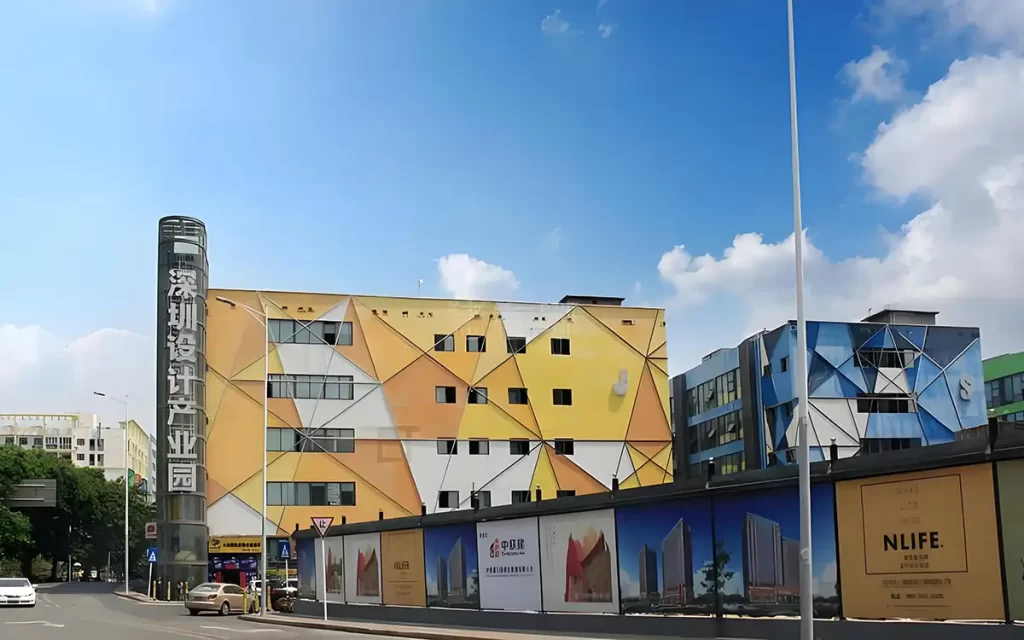
拐点之后
当下的深圳工业设计,正站在第二个拐点前。
第一个拐点解决了“为什么要原创”的问题,第二个拐点要解决的是“原创之后怎么办”。
越来越多的企业发现,光有好看的设计不够,还需要有核心技术支撑。最好的设计,是技术与美学的完美融合。大疆的成功已经证明了这一点——它的产品首先在技术上有突破,然后通过极致的设计让技术变得易用、美观。
从华强北的柜台到设计公司的白板,从山寨手机的模仿到原创品牌的崛起,深圳工业设计走过了自己的青春期。
这个拐点不是某个轰轰烈烈的事件,而是成千上万家企业、设计师在日常工作中的选择累积——选择原创 over 模仿,选择深入思考 over 表面功夫,选择长期价值 over 短期利益。
它悄无声息,却实实在在地改变着这座城市的创意地貌。当你下次拿到一个深圳设计的产品,感觉它在细节上特别顺手时,那就是这个拐点留下的痕迹。
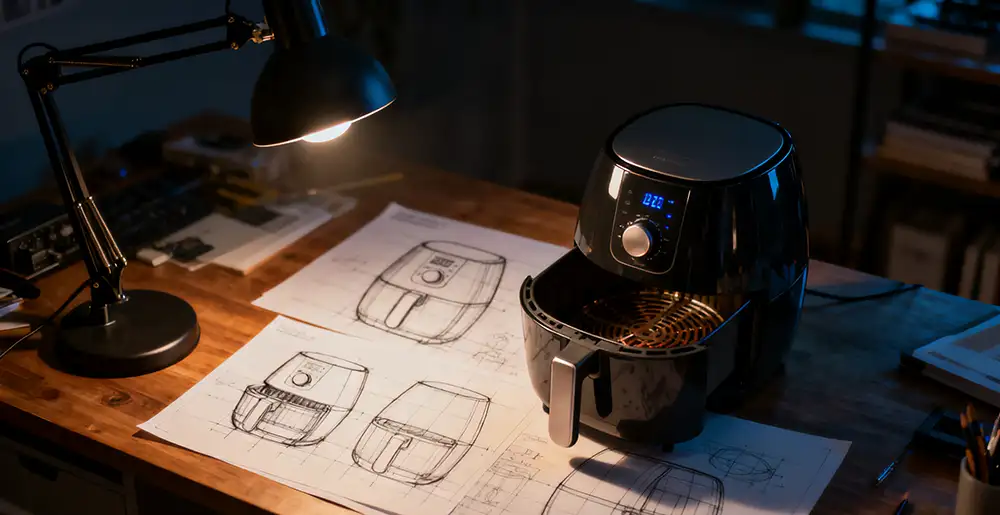
The Transformation of Shenzhen Industrial Design: From “Changing Drawings” to “Defining Products”
NINEIDEA: Ten years ago, I was playing with a fake machine in the shape of an iPhone in front of a counter in Huaqiangbei. The shop owner enthusiastically introduced, “High imitation, latest model, with all kinds of functions.” The metal frame was cut and the buttons were loose, but at that time, such products were already easy to sell in the market. Today, also in Huaqiangbei, I saw young entrepreneurs holding 3D printed models and repeatedly adjusting the chamfer curvature of a headphone storage box.
Here, it needs to be rounded by another 0.5 millimeters, “he said to the designer.” The feel is completely different. “This persistence in subtle details is precisely the transformation that has quietly occurred in Shenzhen’s industrial design.
From ‘what it looks like’ to ‘what it is’
The first turning point of industrial design in Shenzhen occurred in the understanding of “design” itself.
In the early years of design, the core vocabulary was “like” – like international big brands, like best-selling products. The job of a designer is often to modify and localize other people’s things. Entering any design company, the most discussed topics are ‘who does this look like’ and ‘can that element be borrowed’.
The turning point began around 2015. A group of designers who returned from overseas began to take root in Shenzhen, bringing back different ideas. I remember a designer who studied and worked in Germany for eight years said to me, “In Munich, we discussed ‘what problem does this design solve?’ Back in Shenzhen, everyone was still discussing ‘what brand does this design look like?’
This collision of ideas is gradually fermenting. Huawei, ZTE and other major companies have taken the lead in establishing a complete design philosophy system. In Huawei’s Design Thinking workshop, designers began to ask questions such as “Who are we designing for” and “What pain points do we need to address. Design is no longer just about exterior beautification, but a part of product definition.
Huaqiangbei’s Self Revolution
The most indicative of this transformation is still Huaqiangbei.
In the past, Huaqiangbei was synonymous with shanzhai, but now walking through it, you will find that there are more and more original brand specialty stores. A boss who has been making mobile phone accessories for over a decade told me about his transformation:
In the past, we used to copy whatever was popular in the market and compete on prices, resulting in thinner profits. Now we all have our own design teams, and even if we make a phone stand, we have to do business differentiation
He picked up two stands and compared them: “Look, this one can adjust the angle and is suitable for watching videos in bed; this one only has the size of lipstick when folded, making it easy to carry. They are all small changes, but they are all our own creativity
Behind this transformation is cruel market education – the path of pure imitation is getting narrower and narrower, only original design can obtain reasonable profit margins.
The Transformation of the Designer’s Role
The experience of designer Xiao Zhang is very indicative.
Five years ago, his main job at a design company was “retouching” – clients used reference drawings and requested to create “similar but different” effects. Now, he works as a product manager at an intelligent hardware company and has been involved in product development since the market research stage.
The biggest change is that I am no longer just an executor, but a co creator, “Xiao Zhang said.” We will spend a lot of time observing how users use the product, and the areas that are not convenient are the starting point of the design
This shift in roles is spreading throughout the industry. Designers have transformed from backend “beauticians” to frontend “product definers”.
Inspiration from the Shenzhen Hong Kong Biennale
At the 2017 Shenzhen Hong Kong Bi City Biennale of Urbanism and Architecture, local design works from Shenzhen impressed many people. That is not a simple imitation of international style, but a design language that has truly rooted in the manufacturing soil of the Pearl River Delta.
A curator told me, “Shenzhen designers are starting to realize that our advantage is not to become the second Munich or the second Tokyo, but to become the first Shenzhen – here we have the most complete supply chain and the fastest sampling ability, which is soil that no other place in the world has
This self-awareness has given rise to a group of designs with a “Shenzhen style”: not pursuing excessive decoration, emphasizing the balance between practicality and production feasibility, and reflecting ingenuity in details.
After the turning point
The current industrial design in Shenzhen is standing before the second turning point.
The first turning point addresses the question of “why originality is necessary”, while the second turning point aims to address “what to do after originality”.
More and more companies are realizing that having attractive designs alone is not enough, they also need core technological support. The best design is the perfect fusion of technology and aesthetics. DJI’s success has proven this – its products first make technological breakthroughs, and then make technology easy to use and beautiful through extreme design.
From the counters of Huaqiangbei to the whiteboards of design companies, from the imitation of counterfeit phones to the rise of original brands, Shenzhen industrial design has gone through its own adolescence.
This turning point is not a grand event, but the accumulation of choices made by thousands of companies and designers in their daily work – choosing originality over imitation, choosing deep thinking over surface effort, choosing long-term value over short-term benefits.
It silently but truly changes the creative landscape of this city. The next time you receive a product designed in Shenzhen and feel that it is particularly convenient in terms of details, it is the mark left by this turning point.













